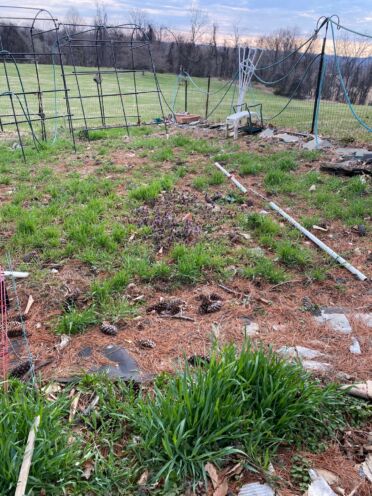A Plant Mom
By Sr. Elaine Davia, CBS

A friend gave me a lovely little pin that says “Plant Mom” on a watering can. What an unusual way for this Catholic nun…to be a mom! Anyone who knows me knows I love my garden and love to work in it in the warm summer months. During the long winter months, I’m thinking about what I will do in the garden next summer. I look with longing at seed packages in the store while dreaming of what will come in the spring. I guess that’s pretty “mom-like!”
In a garden, the soil must be right for the seeds to grow. Last year none of my vines produced string beans. I later learned that the soil lacked some nutrients needed for the beans to sprout. After research, I planted winter rye in October. This plant pulls nutrients up into the soil and returns more when cut and composted back again. I am anticipating a fantastic crop this year.
I was talking with someone recently about how the call to a vocation in consecrated religious life is often felt in the heart long before a person actually responds to it. Some of us first thought about becoming a sister when we were 10 or 11 years old. Perhaps that waiting time can be likened to the winter, where nourishment is happening. Any vocation, including a vocation to become and remain a religious sister, requires healthy soil. My “winter rye” as a sister — that which provides the essential nourishment for growth — includes maintaining a relationship with God through prayer in many forms, such as community and liturgical prayer and meditation. These are supported by spiritual reading, retreats, spiritual direction, and meaningful conversations with the sisters and others.
A song from Godspell says:
“We plough the seeds and scatter the good seed on the land
But it is fed and watered by God’s almighty hand….”
I feel the words from this song deeply in my heart —that it is our creator and loving God who actually brings forth the fruit from the seed and soil. And with Godspell, I am called to sing:
“Then thank you Lord, oh thank the Lord for all Your love.”

Sr. Elaine’s Garden
